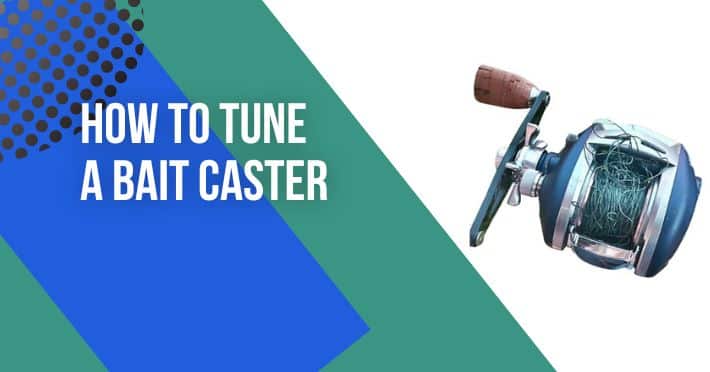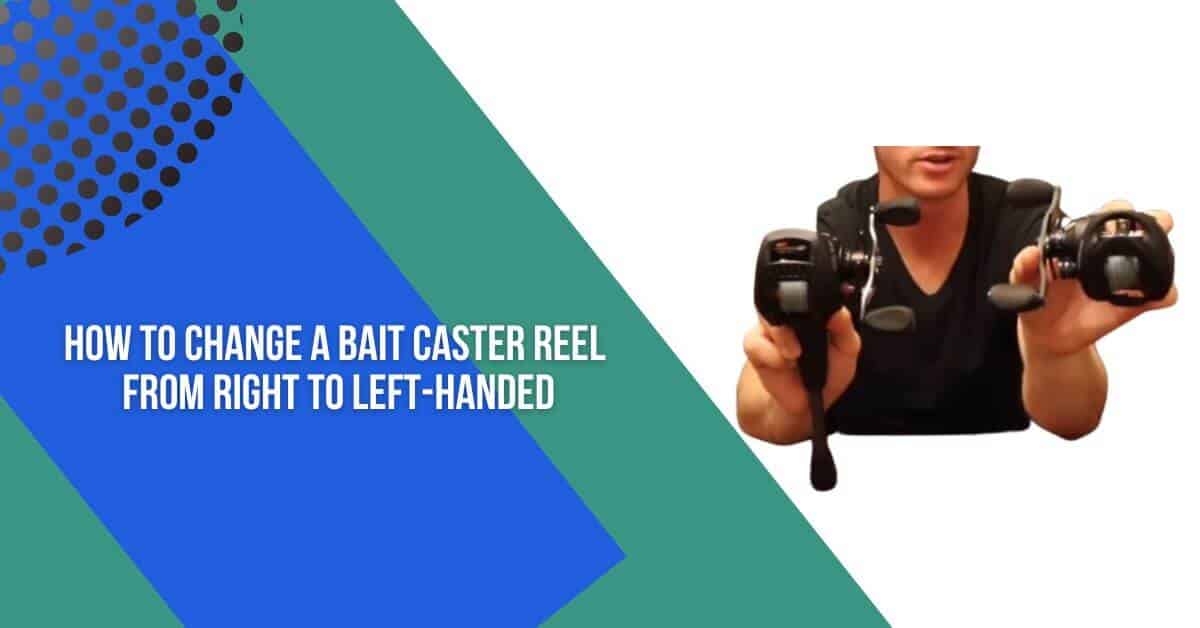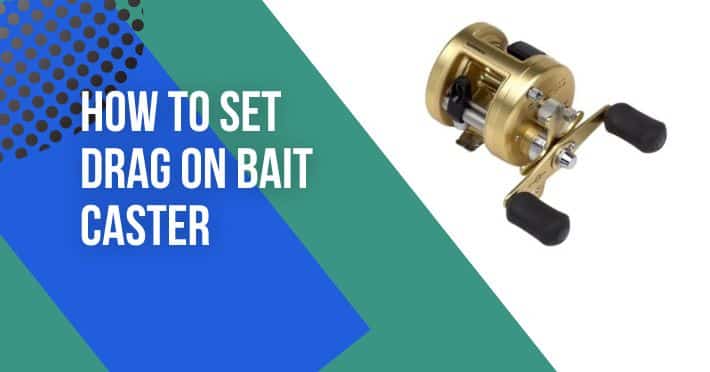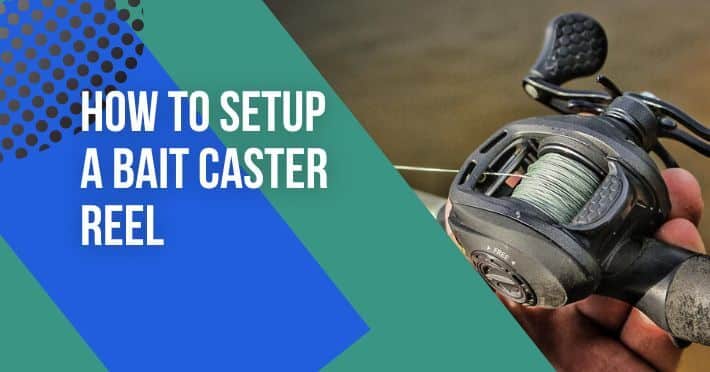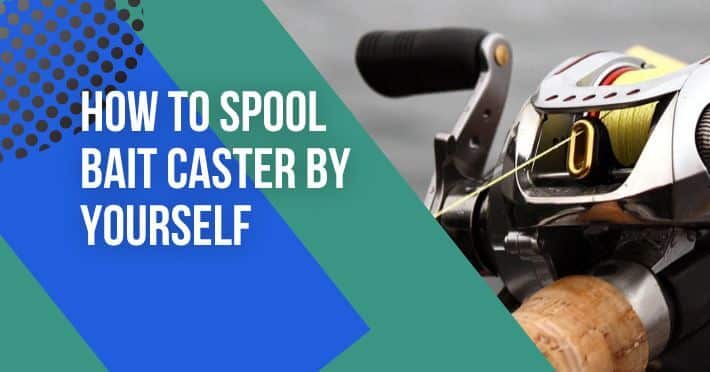Contents
- 1 How To Set Up Baitcaster With Braid
- 2 Choose the Right Line:
- 3 Spool the Line:
- 4 Attach the Line:
- 5 Add Backing:
- 6 Adjust the Tension:
- 7 Set the Drag:
- 8 Cast:
- 9 What Braid To Use On Baitcaster?
- 10 Line Strength:
- 11 Diameter:
- 12 Color:
- 13 Abrasion Resistance:
- 14 Should I Use A Braided Line On My Baitcaster?
- 15 Is Braid Good For Baitcasters?
- 16 Strength
- 17 Sensitivity
- 18 No Stretch
- 19 Extended Casts
- 20 Conclusion
- 21 Frequently Asked Questions
- 22 How to attach a braided line to a baitcaster?
- 23 Do you have to use a braided line on a baitcaster?
Baitcasting reels are popular among anglers for their accuracy and control, making them an excellent option for targeting specific fish species. When paired with a braided fishing line, a baitcasting reel can provide even more benefits, such as increased sensitivity and longer casting distance.
However, setting up a baitcaster with a braid can be tricky, especially for those new to using this type of fishing line. We will try to answer all your queries regarding how to set up baitcaster with braid in this guide to help you in your fishing experience.
In this tutorial, we’ll go through how to properly spool the line, adjust the brakes and tension, and tie on a leader while trying to set up your braided baitcasting reel. These techniques will help you get the most out of your braid and baitcasting reel and boost your chances of having a productive fishing excursion. So let’s get started!
Angling is a sport, so sporting ethics should apply.”
― Fennel Hudson, Traditional Angling –
How To Set Up Baitcaster With Braid
Usually, fishers asked about how to set up a baitcaster with braid. But setting up a baitcaster with a braid can be a bit tricky, but with the right steps, you can do it easily. Here’s how:
Choose the Right Line:
Choosing the appropriate line is the first step in assembling a baitcaster with a braid. You’ll require a considerably lower pound test for a braided line because it is much thinner than monofilament. For baitcasting, a braided line of 20 to 30 pounds is ideal.
Spool the Line:
The line must then be wound onto your reel. Be sure to evenly and tightly spool the line. If you have access to a line spooling station, that will make the job much easier. Be sure to leave a small gap between the line and the spool’s rim to prevent the line from slipping off the spool.
Attach the Line:
Once you’ve spooled the line, tie an arbor knot to attach the line to the reel. The arbor knot is a square knot that will secure your line. Make sure you tie it tightly, so the line doesn’t slip.
Add Backing:
Use a monofilament line to add the backup to your spool if you wish to. This will lessen line slippage and help fill the spool. Tie the backing to the braided line with an Albright knot.
Adjust the Tension:
The tension on your reel needs to be adjusted before you begin casting. On the side of the reel is where you’ll find the tension knob. When releasing the line, tighten the tension knob until the line spool no longer spins.
Set the Drag:
When a fish is fighting, the drag system on a baitcasting reel is used to modify the force being applied to the line. So that the fish doesn’t snap the line, adjust the drag to the proper level of pressure.
Cast:
After everything is prepared, casting may start. Make careful to practice your casting before you go out on the water. With a little experience, you can cast your baitcaster with a braid with success.
What Braid To Use On Baitcaster?
Even with its superior sensitivity, strength, and castability, braid is a common material for fishing lines on baitcasters. The kind of braid you select will depend on the fish species you intend to catch and the fishing environment.
The following considerations are crucial to take into account when choosing a braid for your baitcaster:
Line Strength:
Choose a braid with a line strength suitable for the fish species you intend to pursue. While lighter braid is better for finesse fishing, heavier braid can handle larger fish.
Diameter:
The casting distance and the amount of line that can be spooled onto the reel depend on the braid’s diameter. Thinner braid casts further and enables the spooling of more lines.
Color:
Braid comes in a range of hues, although some hues are more appropriate for particular fishing circumstances. For instance, a bright yellow braid is more noticeable in murky water and a dark green or black braid is better for fishing in clear water.
Abrasion Resistance:
Braids may be more prone to wear and tear than monofilament or fluorocarbon in terms of abrasion resistance. To reduce the chance of breaking, use a braid with a greater abrasion resistance rating.
Should I Use A Braided Line On My Baitcaster?
A number of variables, including the kind of fishing you’ll be doing and personal preference, will determine whether or not you should use a braided line on a baitcaster. Furthermore, if you want to comprehend how to set up a baitcaster with braid, you must read this compass to improve your fishing knowledge.
The advantages of a braided line include its strength, sensitivity, and lack of flexibility. This makes it a suitable option for fishing in dense cover or deep water where you need to swiftly set the hook and free fish from barriers.
In clear water, braided lines can also be more conspicuous and may need a leader to blend in with the background and be less noticeable to fish. Also, because it likes to “dig in” to the spool and create a backlash, casting can be more challenging, especially with lighter lures.
Start with a monofilament or fluorocarbon line if you’re inexperienced with using a baitcaster or prefer a smoother, more forgiving line. These lines can offer good sensitivity and strength for the majority of fishing scenarios and are typically simpler to cast.
It’s ultimately up to you to decide which line suits your fishing preferences and style the best. To determine which sort of line suits you best, it can be useful to experiment with a few different ones.
Is Braid Good For Baitcasters?
In the end, your own preferences and fishing conditions will determine if the braid is a good option for your baitcasting reel. While some fishermen insist on using braid, others like different kinds of line. It’s worthwhile to try several styles of line to find which suits you the best.
Because braid offers various advantages over other forms of fishing lines, it can be a suitable option for baitcasters. Anglers may decide to use braid on their baitcasting reels for the following reasons:
Strength
When comparing fishing lines of the same diameter, the braid is stronger than other varieties. This enables you to utilize a thinner line while retaining the same strength, which is advantageous when going after big fish.
Sensitivity
Braid is also more sensitive than other forms of fishing lines, which can make it easier for you to feel the bottom of the water and detect more delicate bites.
No Stretch
Compared to other forms of line, the braid has very little stretch, allowing you to place the hook more swiftly and forcefully.
Extended Casts
Because the braid is less impacted by wind resistance and water drag, you can cast farther while using less energy.
But, there could also be some drawbacks to utilizing braid on a baitcaster. One is that it might be easier to see in clear water, which might frighten fish. Also, a braid can be challenging to maintain if you’re not used to it and is more likely to cause backlashes.
Conclusion
In conclusion, assembling a braided baitcaster may initially seem difficult, but with the correct equipment and information, it may be simple. Choose the correct braid line and backing first, then gently wind it onto the reel to prevent twists or tangles. To avoid backlashes, adjust the brakes and spool tension. You might also think about using a fluorocarbon leader to improve sensitivity and lessen visibility.
To get the optimum results, practice casting with your new setup and make any necessary adjustments. We will try to answer all your queries regarding how to set up a baitcaster with braid in this guide to help you in your fishing experience. You’ll be prepared to get on the water and take advantage of braid’s advantages with these simple procedures for your baitcasting reel.
Frequently Asked Questions
How to attach a braided line to a baitcaster?
However, here are the steps you can follow to attach a braided line to a baitcaster reel, and if you want to know how to set up a baitcaster with braid, you must read this guide to enhance your fishing experience.
First, secure the braided line’s end with a basic overhand knot.
Trim the extra line, leaving a tag end of roughly 1/4 inch.
The baitcaster reel’s spool should receive the line’s tag end.
Using the tag end, make another overhand knot and wrap it around the mainline, leaving a tiny loop between them.
By pushing on the tag end, tighten the knot and make sure the spool is firmly affixed to it.
Trim the tag end, leaving approximately a quarter-inch of it.
Make sure the line is distributed evenly and is not twisted as you slowly spool it onto the reel.
Start fishing as soon as the spool is full by tying on your preferred lure or bait.
Do you have to use a braided line on a baitcaster?
No, a braided line is not required to be used with a baitcaster. In comparison to monofilament or fluorocarbon lines, braided lines have several benefits, such as increased strength and sensitivity, but they also have some disadvantages.
The braided line has low stretch, which can make it difficult to feel subtle bites or to set the hook properly. It also has a tendency to dig into itself on the spool, causing tangles and knots. In addition, braided line is often more visible in the water than other types of line, which can spook fish in clear or shallow water.
Monofilament and fluorocarbon lines, on the other hand, have more stretch and can be less visible in the water. They also tend to be less expensive than braided lines.
Finally, the choice of line type relies on unique preferences and fishing conditions. Some anglers prefer to use braided lines for their strength and sensitivity, while others prefer monofilament or fluorocarbon for their lower visibility and ease of usage. It’s important to match the line to the fishing situation, taking into account aspects such as water clarity, the species of fish being targeted, and the type of lures or bait used.


